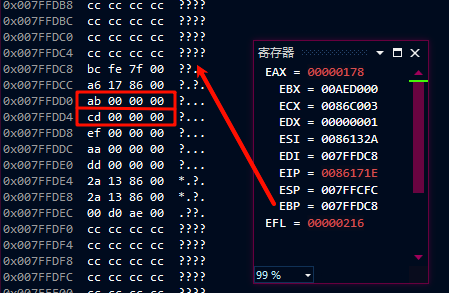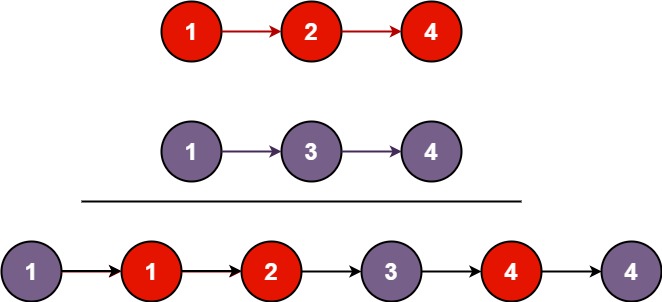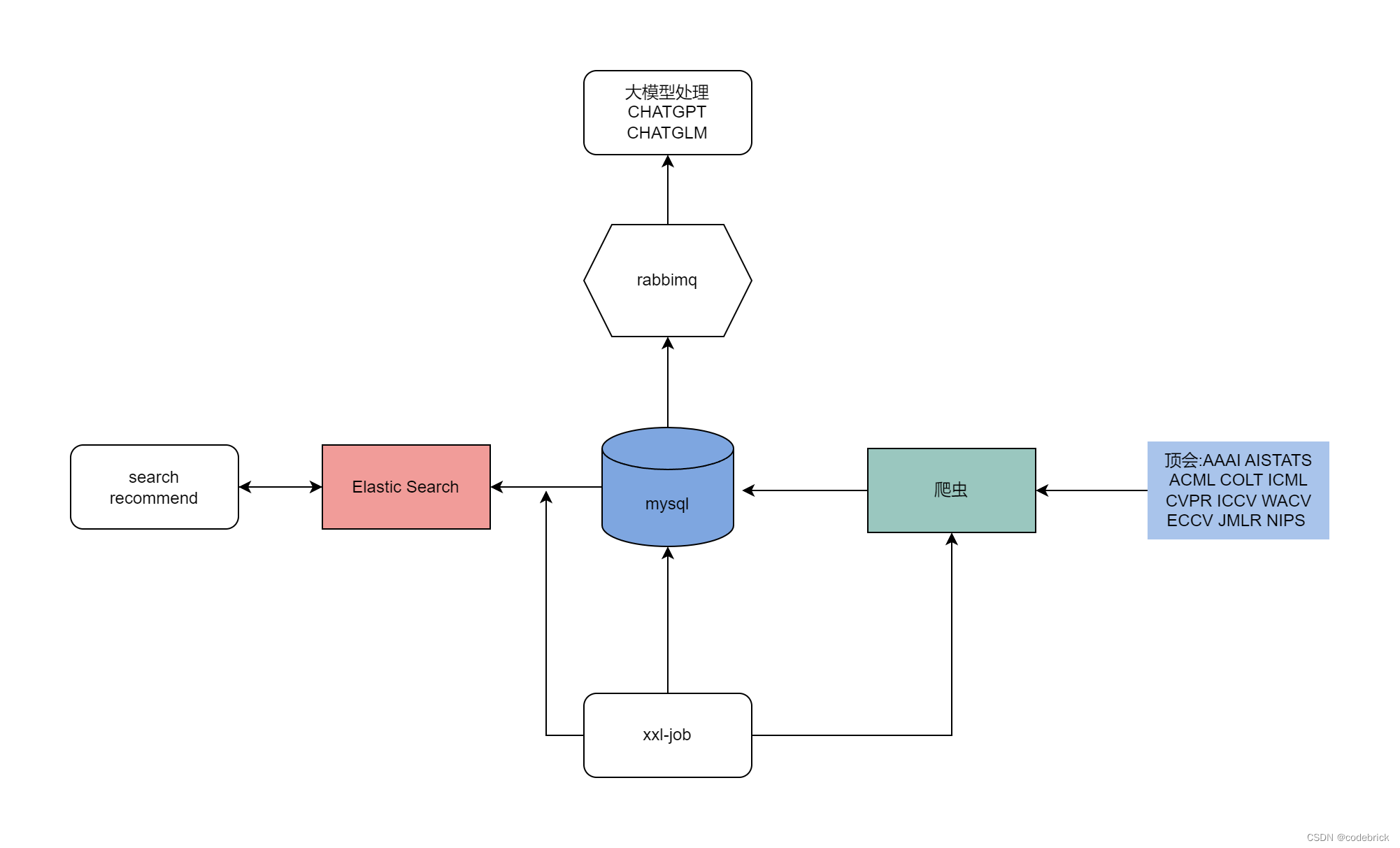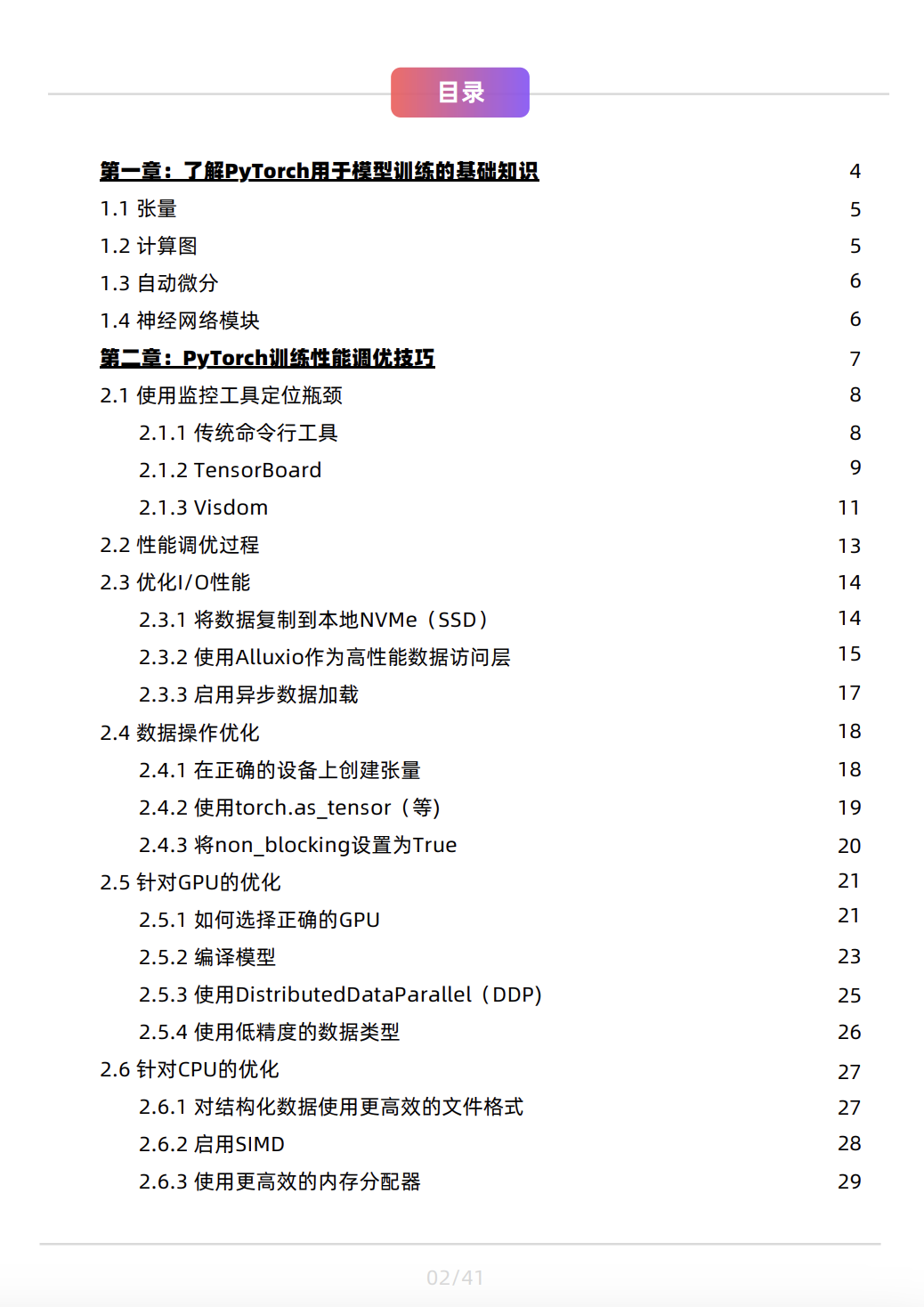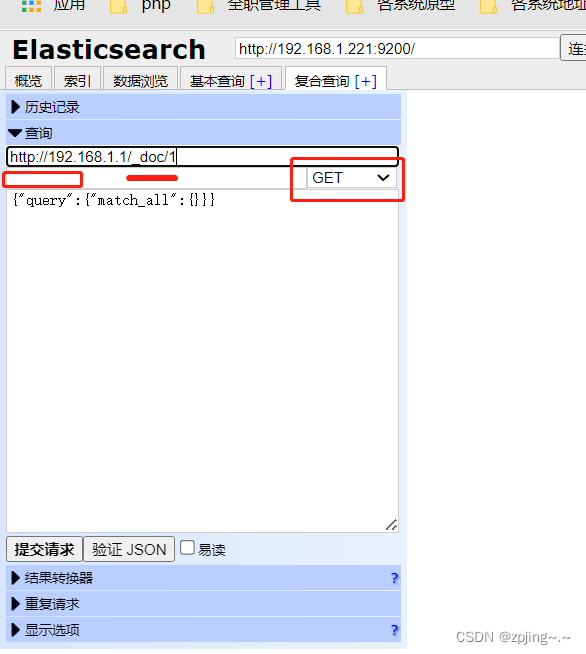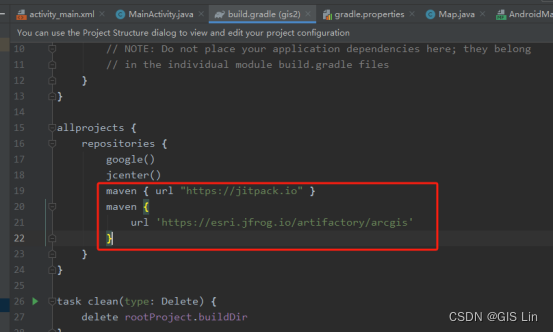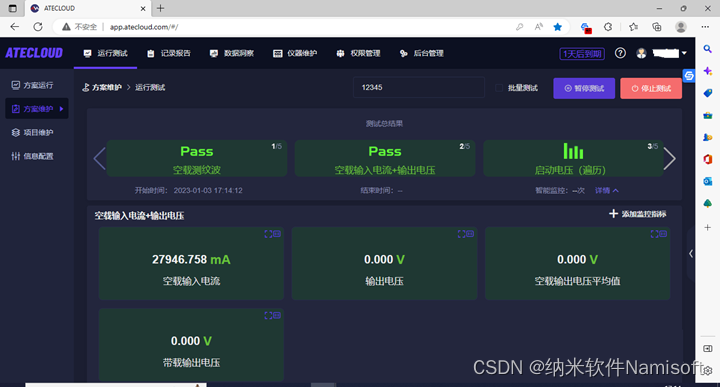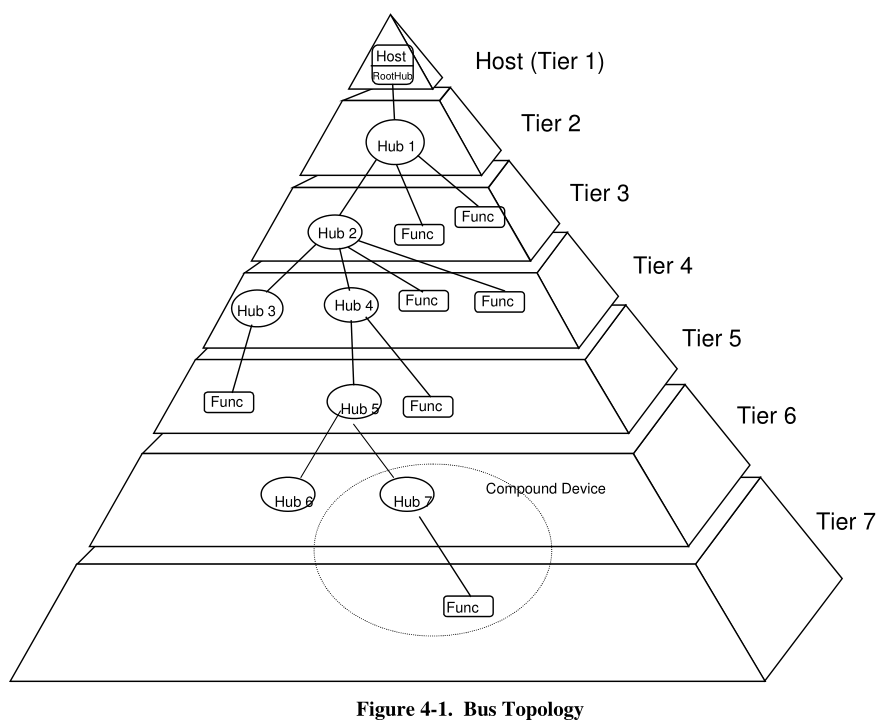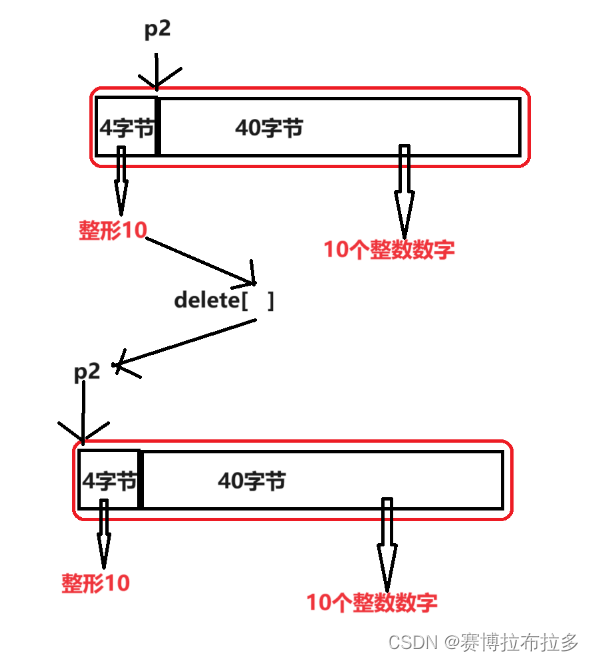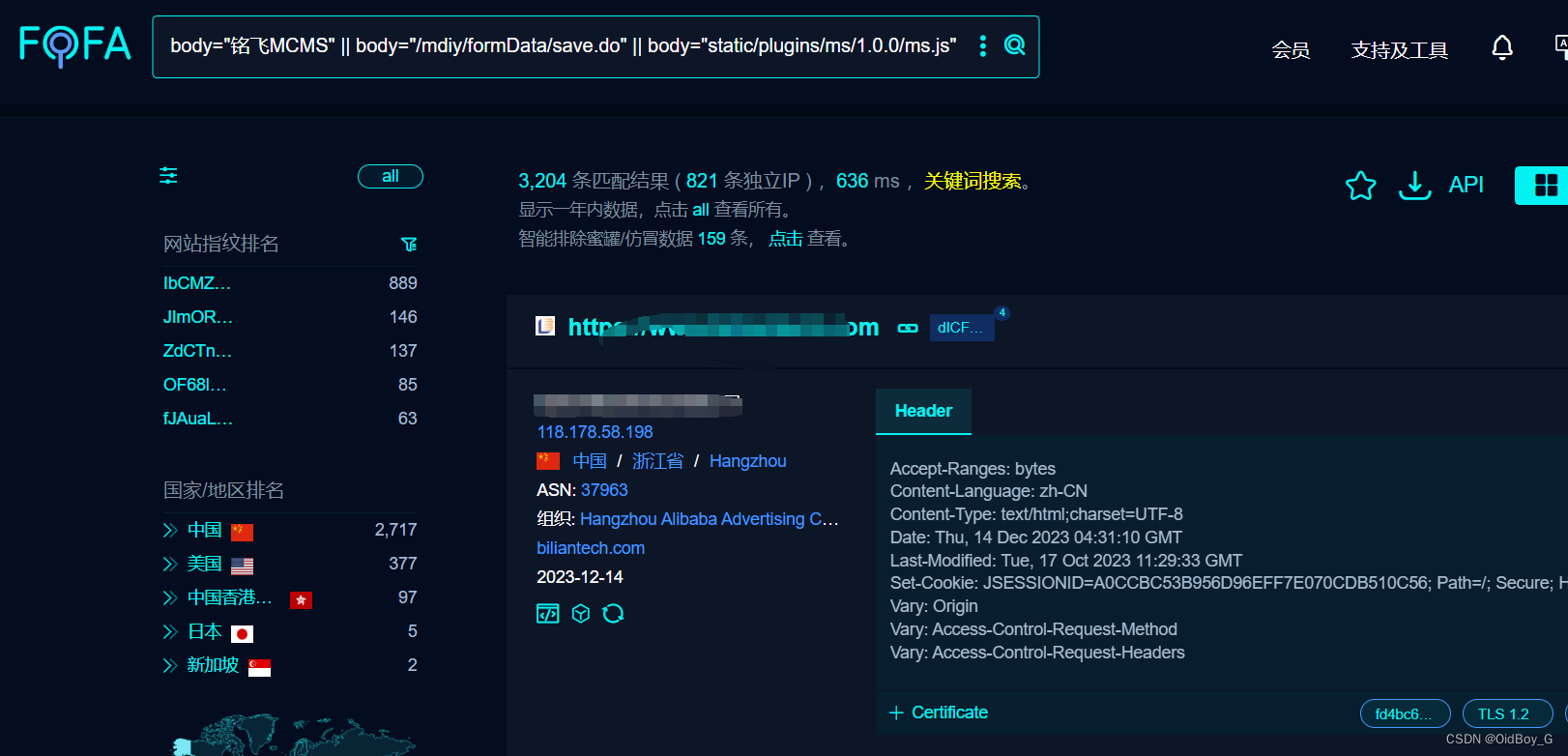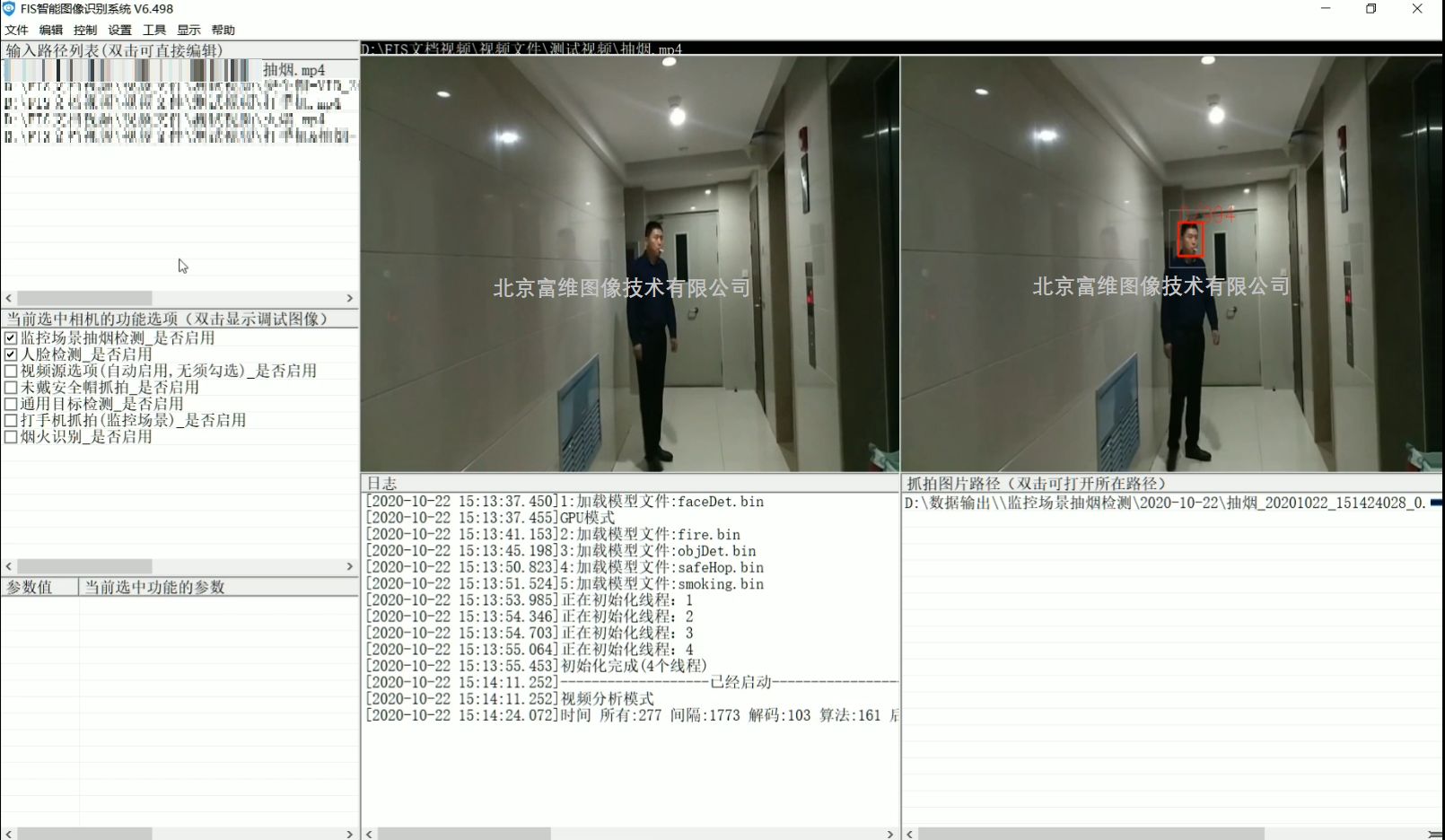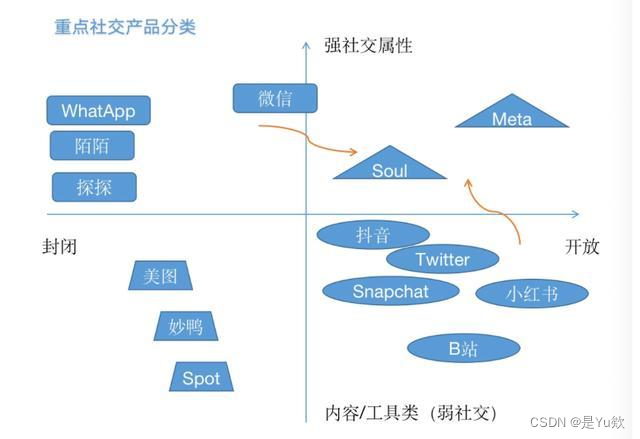文章目录
- 1. 定义
- 2. Spring 的支持
- 1) MessageSource接口
- 2) ResourceBundleMessageSource
- 3. 配置国际化
- 1)配置MessageSource Bean
- 2)创建资源文件
- 3)在Bean中使用国际化消息
- 4. 使用占位符和参数
- 结语
Spring 为我们提供了强大的国际化支持,其中
ApplicationContext扮演了关键角色。
1. 定义
国际化 (Internationalization) 是指为了适应不同的语言、地区和文化,使应用程序能够轻松地切换和提供多语言支持的过程。在软件开发中,国际化通常缩写为i18n(因为 i 后面是 18 个字母 然后是 n 因此得名)。
2. Spring 的支持
Spring 框架通过 ApplicationContext 提供了全面的国际化支持。ApplicationContext 是 Spring 容器的一个门面接口,它除了提供了依赖注入、AOP 等特性外,还集成了国际化功能。
1) MessageSource接口
在 Spring 中,国际化的核心接口是 MessageSource。MessageSource 定义了一系列用于获取国际化消息的方法,包括根据消息键获取消息、指定语言环境等。

2) ResourceBundleMessageSource
ResourceBundleMessageSource 是 Spring 框架提供的 MessageSource 的实现类之一,它通过ResourceBundle 加载消息,支持基于属性文件的国际化。

3. 配置国际化
1)配置MessageSource Bean
首先,我们需要在 Spring 的配置文件中配置 MessageSource Bean。以下是一个基于XML配置的示例:
<bean id="messageSource" class="org.springframework.context.support.ResourceBundleMessageSource">
<property name="basenames">
<list>
<value>messages</value>
</list>
</property>
<property name="defaultEncoding" value="UTF-8"/>
</bean>
在上述配置中,basenames 指定了一个或多个资源文件的基本名称,这里使用了名为 messages 的资源文件。
2)创建资源文件
在类路径下创建对应的资源文件,例如 messages.properties 和 messages_fr_FR.properties。其中,messages.properties 包含默认的消息,而 messages_fr_FR.properties 包含法语(法国)的翻译。
messages.properties:
hello.message=Hello, {0}!
messages_zh_CN.properties:
hello.message=你好, {0}!
3)在Bean中使用国际化消息
在需要国际化的 Bean 中,我们可以通过 MessageSource 接口获取消息。
public class GreetingService {
private MessageSource messageSource;
public GreetingService(MessageSource messageSource) {
this.messageSource = messageSource;
}
public String getGreeting(String name, Locale locale) {
return messageSource.getMessage("hello.message", new Object[]{name}, locale);
}
}
4. 使用占位符和参数
国际化消息可以包含占位符和参数,以便在运行时替换为实际的值。在上面的示例中,{0} 就是一个占位符,它会在运行时被 name 参数的值替换。
结语
Spring ApplicationContext 的国际化支持是构建多语言友好应用的重要组成部分。通过合理配置 MessageSource 和提供相应的资源文件,我们可以在应用中轻松实现国际化。
